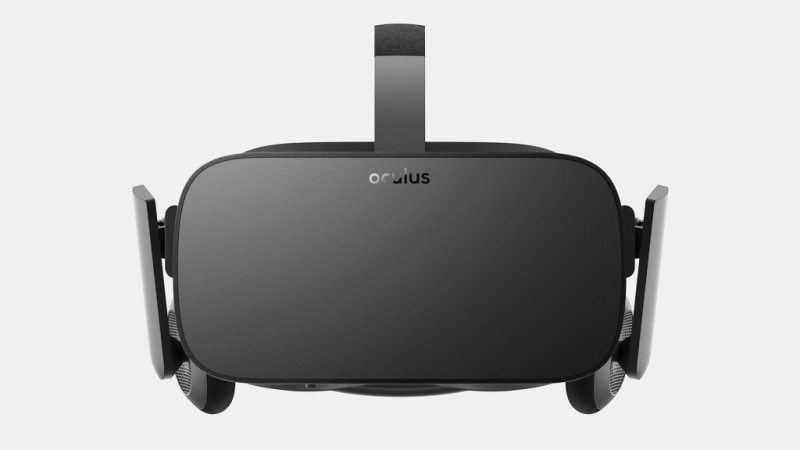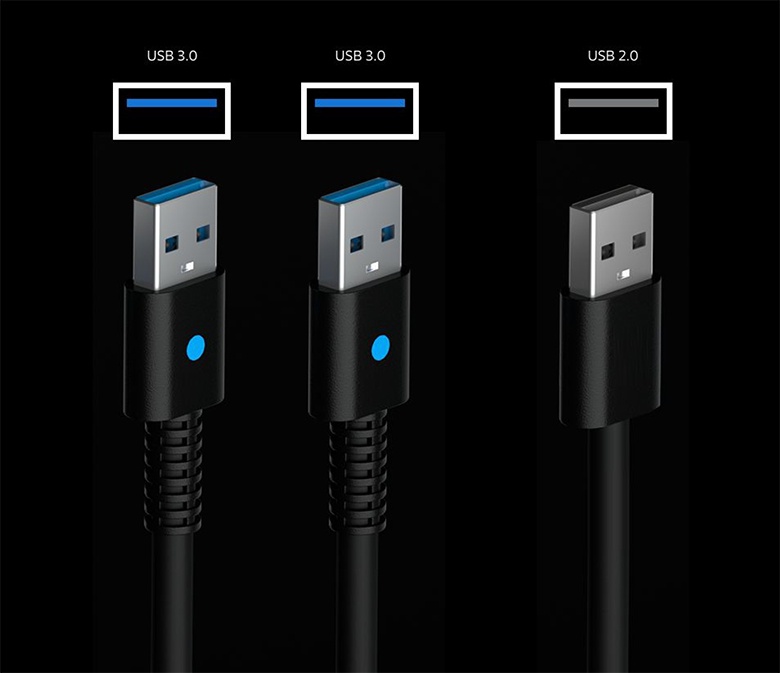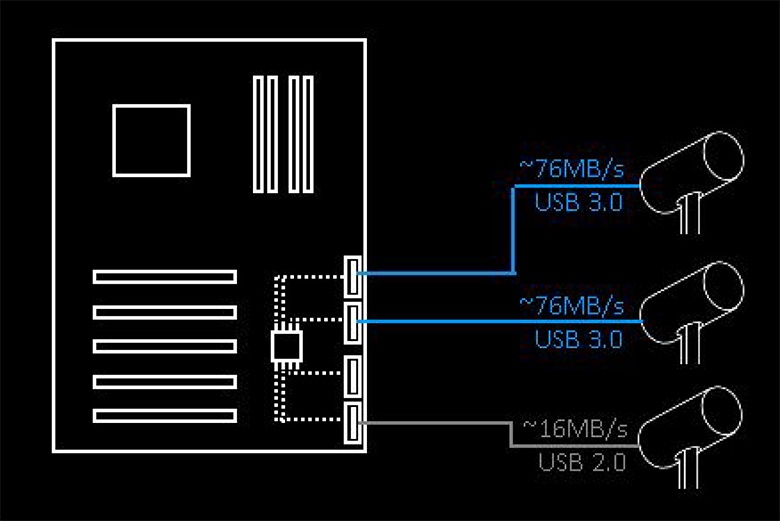Oculus Says USB Ports can Struggle with Room-Scale VR
Ashley Allen / 8 years ago

The USB standard has been in use for over 20 years, but it is still expected to cope with the demands of modern data transfers. Of course, USB 3.0 has increased transfer rates of, theoretically, up to 4.8Gbps which, for the demands of most USB devices, is sufficient. One type of hardware that may struggle using USB connectors, though, is room-scale virtual reality systems. Room-scale VR goes beyond merely presenting an artificial world through a headset: it is able to track the player’s movement within a defined real-world space. That requires a whole lot of data, at high speed, to accurately track.
VR headset maker Oculus, in particular, has acknowledged this problem and has launched a new guide to help “balance the tracking data transfer load across your USB connections” to support room-scale VR.
“Most home PC owners don’t really push their USB very hard. You might connect an HD webcam, but many devices (other than external storage) don’t have a very high bandwidth requirement,” a blog post on the Oculus website reads. “If you connect three Oculus sensors—each sending and managing a ton of data locally—you can run into problems when they try to send more data than the USB host controller can handle. That’s why we recommend only connecting two sensors in USB 3.0 mode to a single USB host controller and connecting the third sensor in USB 2.0 mode.”

“That said, in our experience connecting two of three sensors to USB 3.0 and one to USB 2.0 works just fine,” the post adds. “These guidelines are here to help you try other configurations or to potentially improve some USB issues with your particular computer setup.”

The blog post goes into further detail to help you support your own room-scale VR setup and is a great resource for Oculus Rift owners.



















